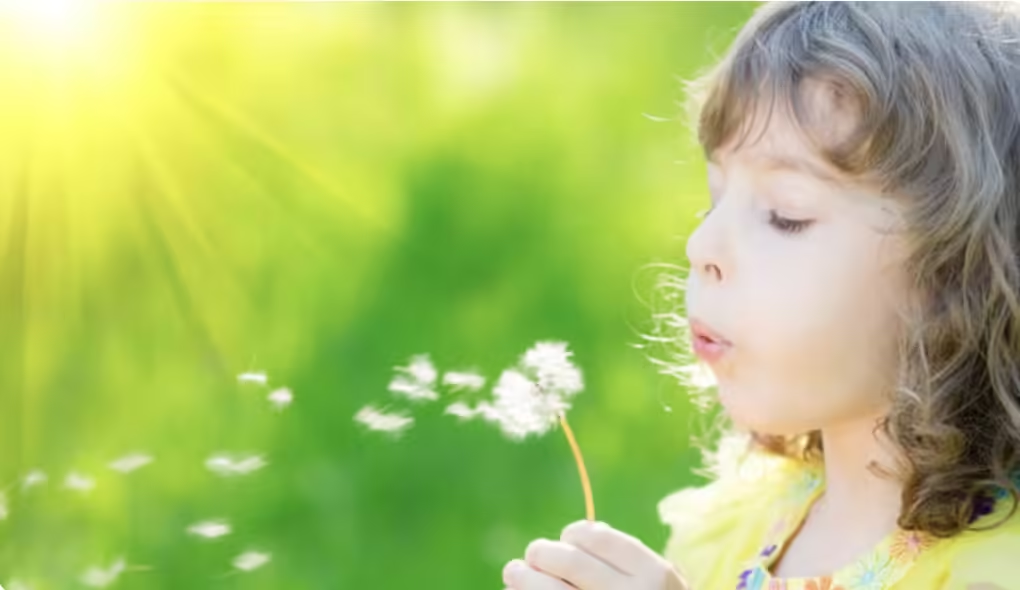Breathing Exercises for Children
When you tell a child to take a deep breath, do they ever start to hyperventilate? Alternatively, do they inhale but not exhale?
Children might occasionally need extra assistance learning how to take deep breaths correctly.
Your body goes into “rest and digest” mode when you are calm. Your heart rate, breathing, and muscular relaxation are all within normal limits. It would be how you would feel when unwinding and watching a show.
A big monster is suddenly pursuing you, though!
"Fight, Flight, Freeze or Rest and Digest"
The “fight, flight, or freeze” response is your body’s natural reaction to a stressful event (such as an unexpected monster under bad). Your breathing shallowens, your stomach stops digesting, and your heart rate rises.
Regaining your ability to “rest and digest” after engaging in “flight, fight, or freeze” is the aim of calming exercises. Taking a few slow, deep breaths can significantly lower a young child’s physiological arousal, as demonstrated by a recent study by Stanford researchers (Obradović et al., n.d.).
Breathing deeply opens your capillaries and increases the amount of oxygen in your blood. It helps you de-stress and calm down by physically impacting your body.
Thus, for children, deep breathing does have a significant impact. However, how can we instruct them on the correct way to inhale deeply?

What Are The Benefits of Breathing Exercises
It may seem easy to teach your children to breathe, but doing so can be quite challenging. Deep breathing exercises that are mindful can have a wide range of potential advantages with the right instruction and guidance, including:
- Decreased feelings of stress and anxiety
- Reduced levels of tension
- Strengthened immunity
- Increased energy levels
Fun Breathing Exercises for Kids
Take a moment to smell the flowers.
Have your child choose a flower—real or fake—or pretend to hold one as they practice breathing (lung) exercises. Ask them to inhale deeply and fill their lungs with air for a brief period. After taking a full breath, ask them to hold it for a moment before taking a deep exhale.
Telling your child that just as oxygen is released from plants to help us grow, so too does the air (carbon dioxide) we breathe out to help flowers grow is a fun way to introduce them to this technique.
Stuffed Animal Breathing
The stuffed animal breathing method is an additional entertaining breathing exercise for kids. Now, while your child is lying on their back, you should help them choose a stuffed animal to put on their belly. You can involve them by telling them they will take their small stuffed animal with them and utilize deep belly breaths to calm themselves.
When they are prepared, ask them to inhale deeply enough for them to see their plush animal rise to the surface of their stomach. Your child should inhale deeply, then exhale, and you should see the plush animal return to its original position. Repeat this deep breathing technique for two to five minutes to get the best effects.

Starfish Breathing.
Tell children to put their hand up just like a starfish and they’ll track the outsides of the fingers.
When they’re going up they’re going to breathe in slowly, hold it, and then slowly breathe out.

Lazy 8 Breathing
Beginning in the center, place the eight on its side.
Breathe in and raise your hand to the left, tracing the left portion of the 8.
Once you reach the middle of the eight once more, exhale and use your finger to trace the right portion of the number eight.
Bubble Breathing
Children can practice breathing techniques for anxiety by using bubbles. Whether you realize it or not, the breathing technique relaxes the body and mind when you blow bubbles. Breathing becomes the focus of attention when blowing purposely and carefully to create a bubble, which brings the mind into the present. Regularly practicing bubble breathing with your child is a fun way to help them let go of pent-up anger or anxiety.
Breathing techniques are a great place to start, no matter how you teach your child about these emotions and how to handle stressful situations!
Reference
Obradović, J., Sulik, M. J., & Armstrong‐Carter, E. (n.d.). Taking a few deep breaths significantly reduces children’s physiological arousal in everyday settings: Results of a preregistered video intervention. Developmental Psychobiology, 63(8). https://doi.org/10.1002/dev.22214
Request An Appointment
For phone consultations and appointment scheduling, please fill out the form below or call us at the given contact number.
